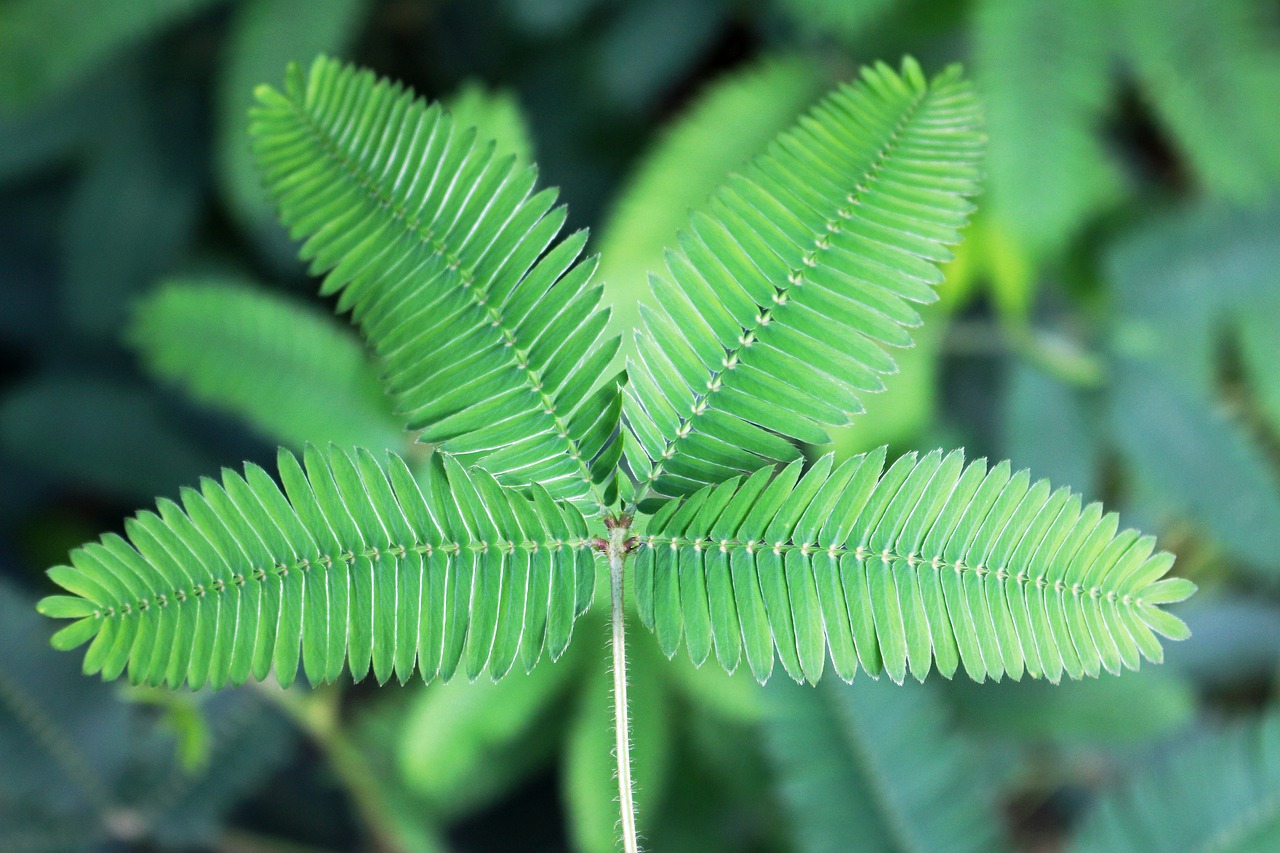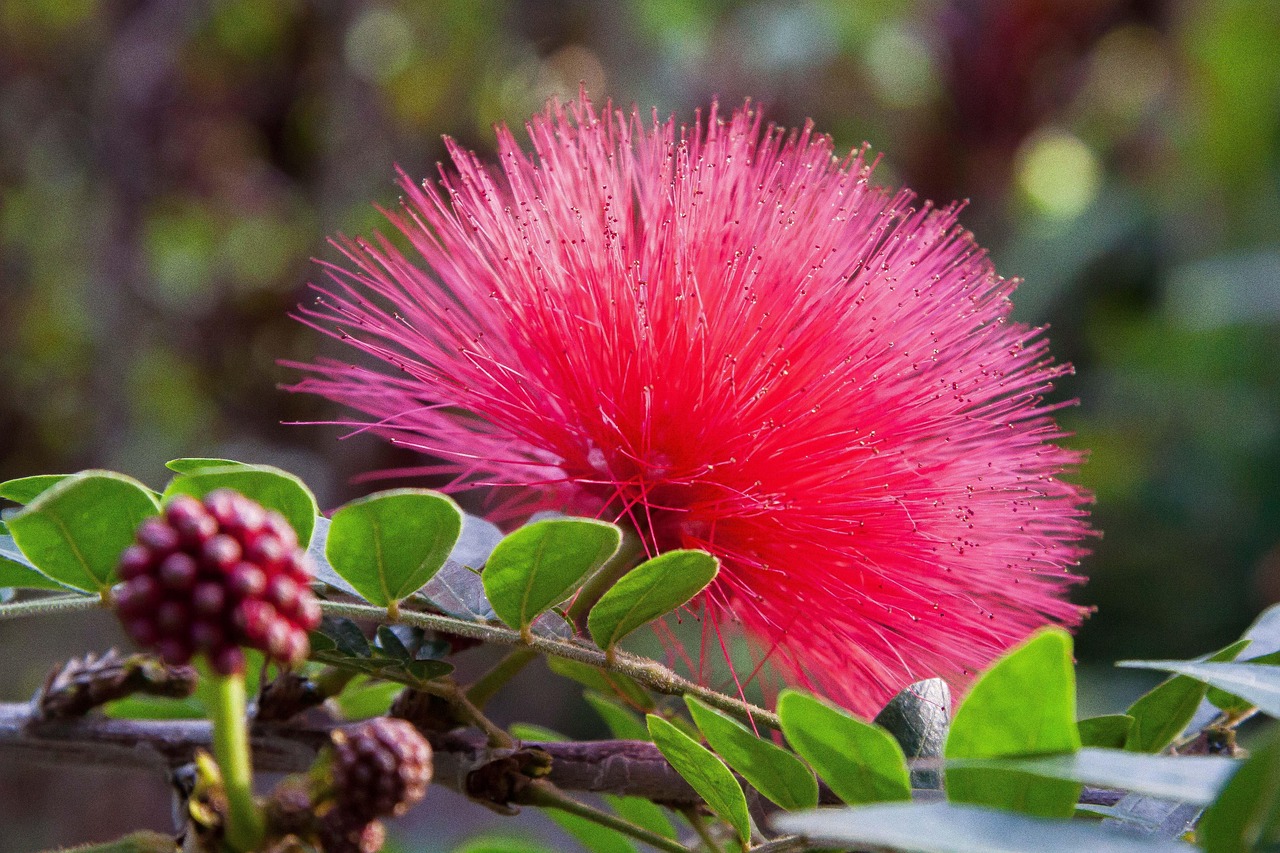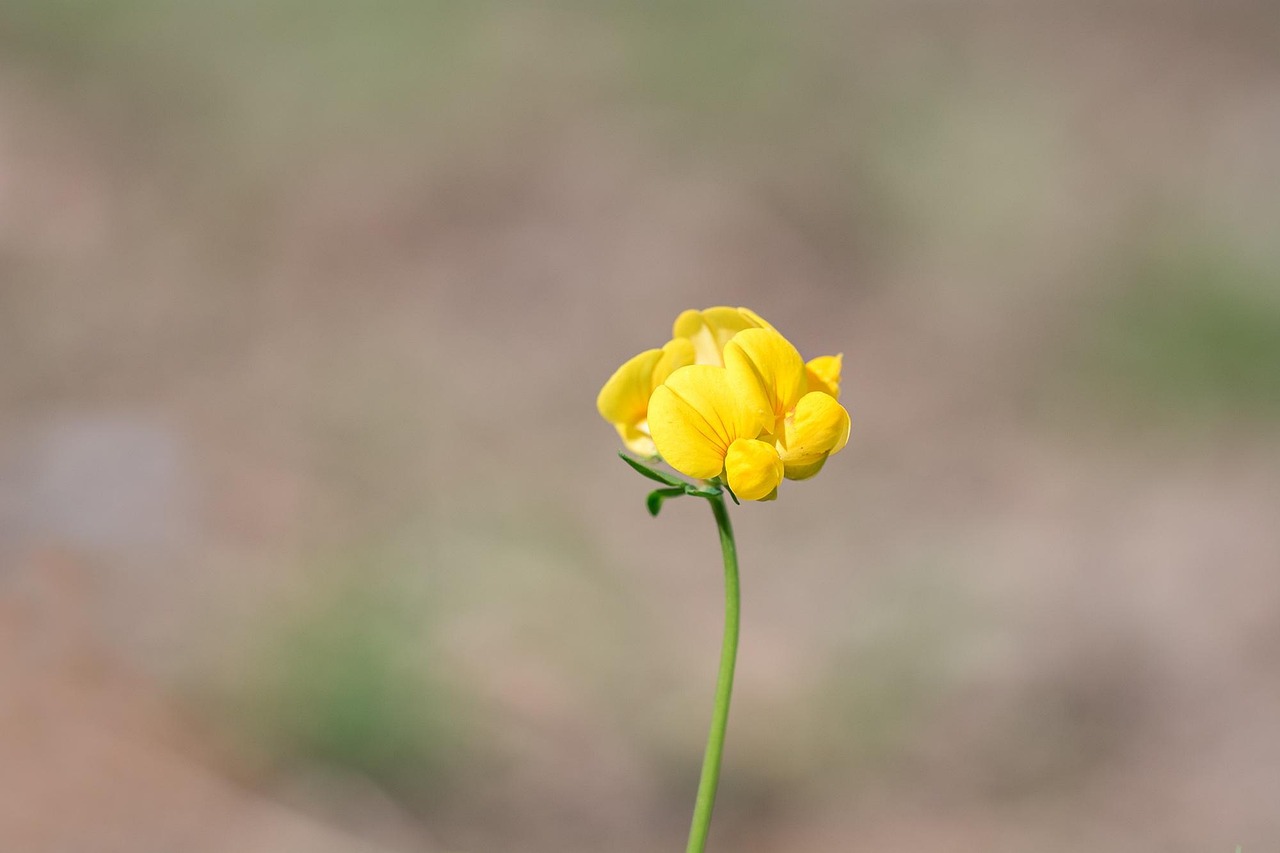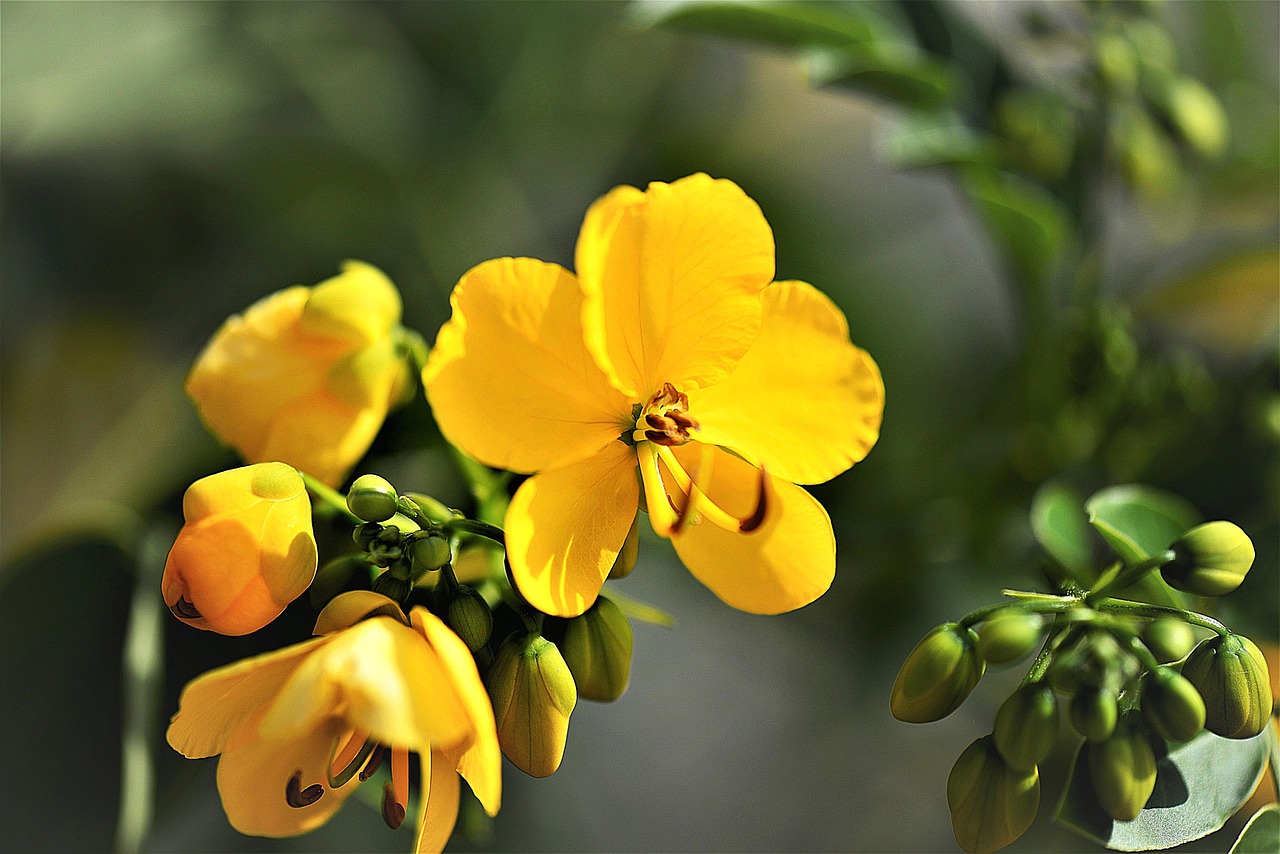Hairy Vetch | A Naturalized Plant that Took Root in Japan during the Meiji Era, with Gentle Purple Blossoms
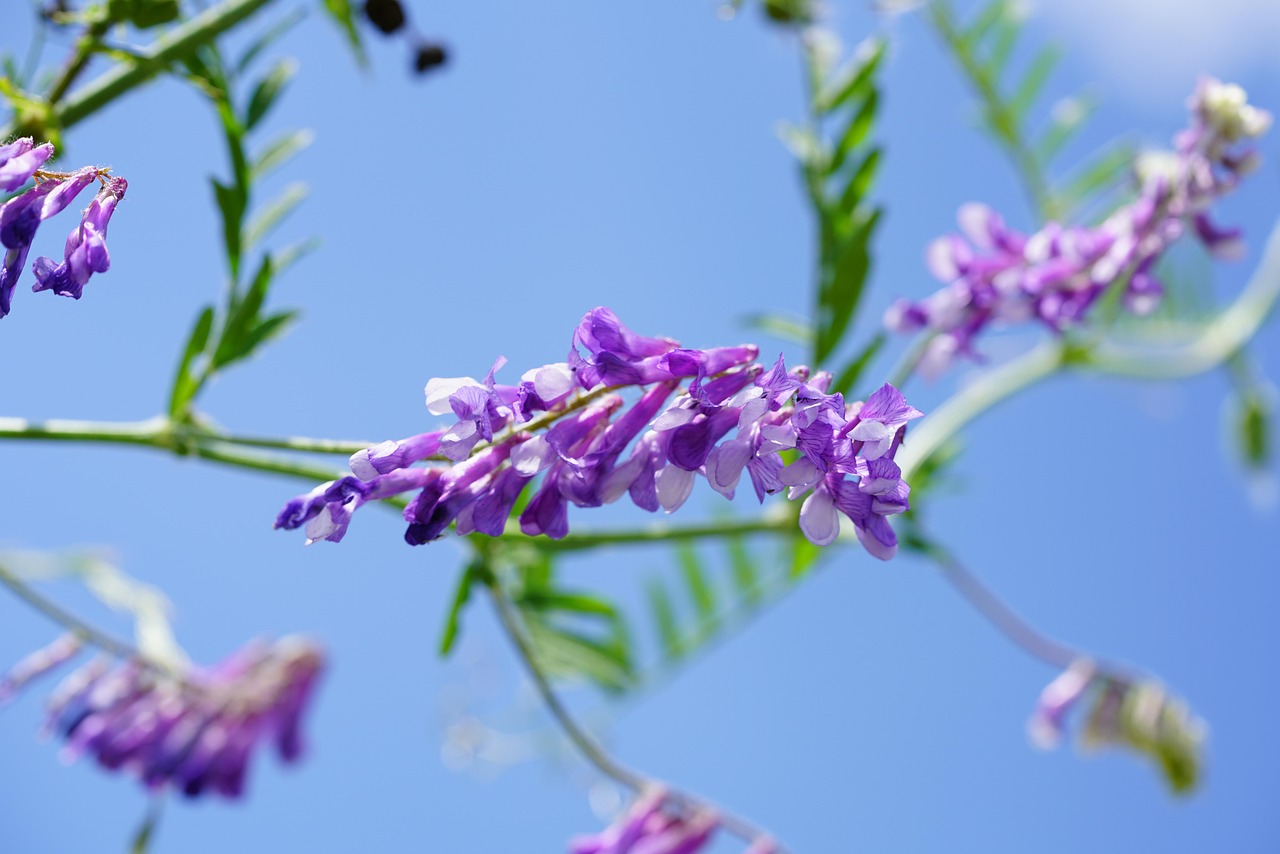
I introduce hairy vetch, a leguminous plant characterized by its delicate vines and vivid bluish-purple flowers. Blooming in clusters from early summer through midsummer, it adds vibrant color to meadows and riverbanks.
In addition to its ornamental value, it has been widely used as green manure and for soil conservation, which has contributed to its recognition around the world.
In this article, I provide detailed information about hairy vetch, including its basic characteristics, cultural and historical background, and practical gardening advice.
Basic Information
- Scientific name: Vicia villosa
- Family: Fabaceae
- Origin: Europe, Western Asia
- Appearance: Slender, climbing stems with pinnate compound leaves; racemes of bluish-purple papilionaceous flowers bloom in early summer. The plant grows 50–150 cm tall, twining around other plants or supports.
- Flowering season: May–July
Cultural Significance Around the World
Hairy vetch has been valued more for its practical roles—such as green manure and fodder—than for ornamental purposes.
In Europe, it has been cultivated extensively for soil improvement and is also appreciated as part of a pastoral landscape.
In Japan, it was introduced during the Meiji era and planted widely for grassland preservation and slope stabilization.
The gentle swaying of its purple flowers in the wind softens rural landscapes and often appears in poems and photographic works.
Historical Background
Originally a wild species native to the grasslands of Europe and Western Asia, hairy vetch began to be used for agricultural purposes in the 18th century as part of soil improvement techniques.
In late 19th-century Germany, it gained prominence as forage, with seed selection and breeding actively pursued.
It later spread to the United States, where by the early 20th century it was recognized as an important green manure, supporting sustainable agriculture.
In Japan, it was introduced as part of the Meiji government’s modernization policies and has since contributed to land and water management.
Gardening Advice
Hairy vetch is a fast-growing climbing plant, so careful management is required when cultivating it.
Sunlight
Prefers full sun but tolerates partial shade, though with fewer blooms.
Watering
Once established in the ground, natural rainfall is usually sufficient; during dry periods, moderate watering is recommended. In pots, water when the surface soil becomes dry.
Soil
Well-drained, aerated soil is suitable. It can grow in poor soil, but the addition of organic matter ensures stable growth.
Fertilizer
Requires little fertilization. Excess feeding may cause overgrowth. A small amount of slow-release fertilizer as a base is sufficient.
Pruning & Training
Guide the vines onto supports or fences to maintain shape. Cut back tangled stems as needed.
Cold tolerance
Relatively hardy. In regions south of Kanto, it can survive winter. In colder areas, trimming dead stems before winter eases spring care.
Conclusion
Hairy vetch, with its bluish-purple blossoms and delicate vines, is both beautiful and practical.
From its origins in the grasslands of Europe and Western Asia, it has become widely used since the 18th century for agriculture and land restoration.
Introduced to Japan during the Meiji era, it has played a significant role in slope greening and soil preservation.
Its racemes of flowers, swaying gently in the wind, add a soft charm to natural landscapes while remaining appealing as an ornamental plant.

